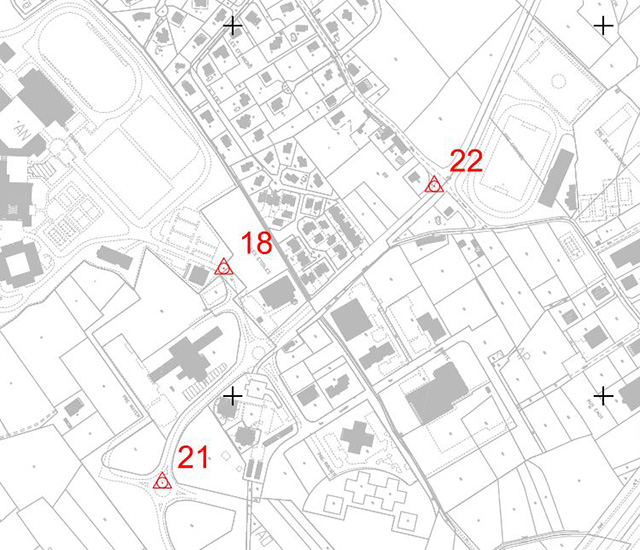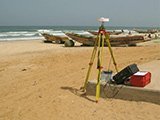Geodetic services for Geodetic Reference Systems (GRS)
With 60 years of existence, Sintégra has acquired extensive experience in geodetic services and has the expertise to provide solutions to all types of geodetic and geo-referencing requirements to create a network or reference system. Our experts deliver assistance and advice throughout the different network design and production phases, depending on the needs expressed, and in collaboration with prime contractors and local or national geographic organizations, with which they are used to working.
Our engineers design and implement different types and scopes of reference systems (or networks) at the infrastructure, city or country scale (for example, we have already worked at the scale of Senegal). The systems produced can be of a different order (first, second, third) and their level of accuracy and density may vary depending on their usage.

